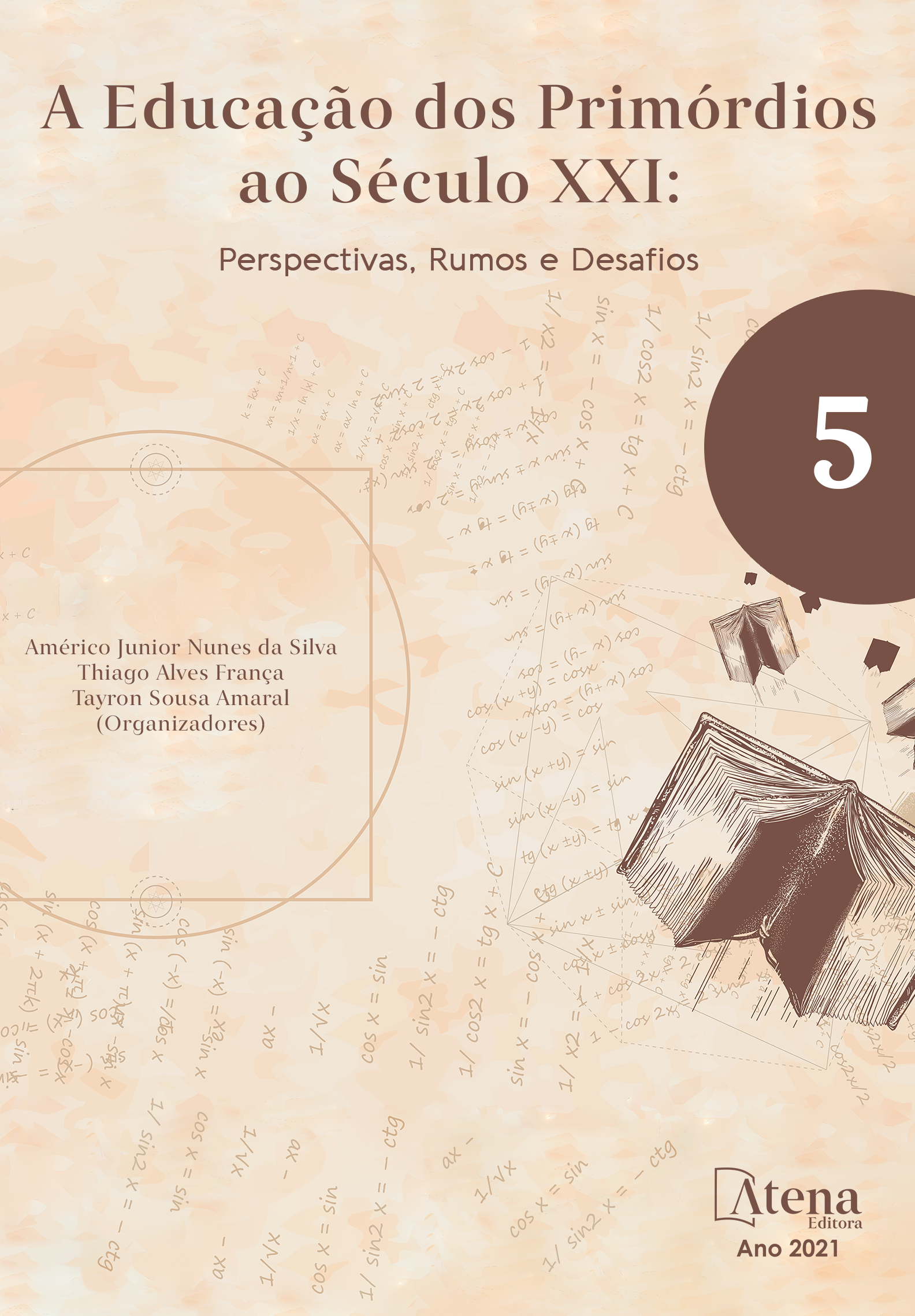
TRIGONOMETRIA NO CAMPUS
Trigonometria no Campus é uma proposta de trabalho para o componente curricular de matemática do ensino médio o qual busca relacionar o conteúdo a ser trabalhado com situações que podem ser vivenciadas pelo estudante no qual fará uso da pratica para compreender os conceitos e internalizar a aprendizagem. A proposta se dará através de uma sequencia de atividades que consiste em quatro etapas, e que tem como foco principal o estudo de situações problema vinculados ao conteúdo de trigonometria. A resolução desta proposta inicial utilizando a metodologia STEAM (acrônimo em inglês para Ciência, Tecnologia, Engenharia, Artes e Matemática) possibilitará a introdução de conteúdos importantes da trigonometria, com materiais concretos e tecnológicos, e ainda atividades individuais e em pequenos grupos. Isso estimula os estudantes a compartilhar planos e soluções, além de proporcionar momentos de protagonismo do estudante pois ele estará a frente na conduta da atividade. A avaliação será realizada durante todas as etapas e juntamente com a avaliação será priorizado o feedback individual e/ou em grupos e o espaço de aprendizagem não se limita à sala de aula, mas também ao ambiente no entorno da escola, além do ambiente virtual.
TRIGONOMETRIA NO CAMPUS
-
DOI: 10.22533/at.ed.45821100314
-
Palavras-chave: Trigonometria, STEAM, construção do conhecimento
-
Keywords: Trigonometry, STEAM, knowledge construction
-
Abstract:
Trigonometry on Campus is a work proposal for the high school curriculum component of mathematics which seeks to relate the content to be worked with situations that can be experienced by the student in which he will use the practice to understand the concepts and internalize the learning. The proposal will take place through a sequence of activities that consists of four stages, and whose main focus is the study of problem situations linked to the content of trigonometry. The resolution of this initial proposal using the STEAM methodology (English acronym for Science, Technology, Engineering, Arts and Mathematics) will allow the introduction of important contents of trigonometry, with concrete and technological materials, as well as individual activities and in small groups. This encourages students to share plans and solutions, in addition to providing moments of student protagonism as they will be ahead in the conduct of the activity. The evaluation will be carried out during all stages and, together with the evaluation, individual and / or group feedback will be prioritized and the learning space is not limited to the classroom, but also to the environment around the school, in addition to the virtual environment.
-
Número de páginas: 8
- Ariane M. Pazinato
- Paula Boito


